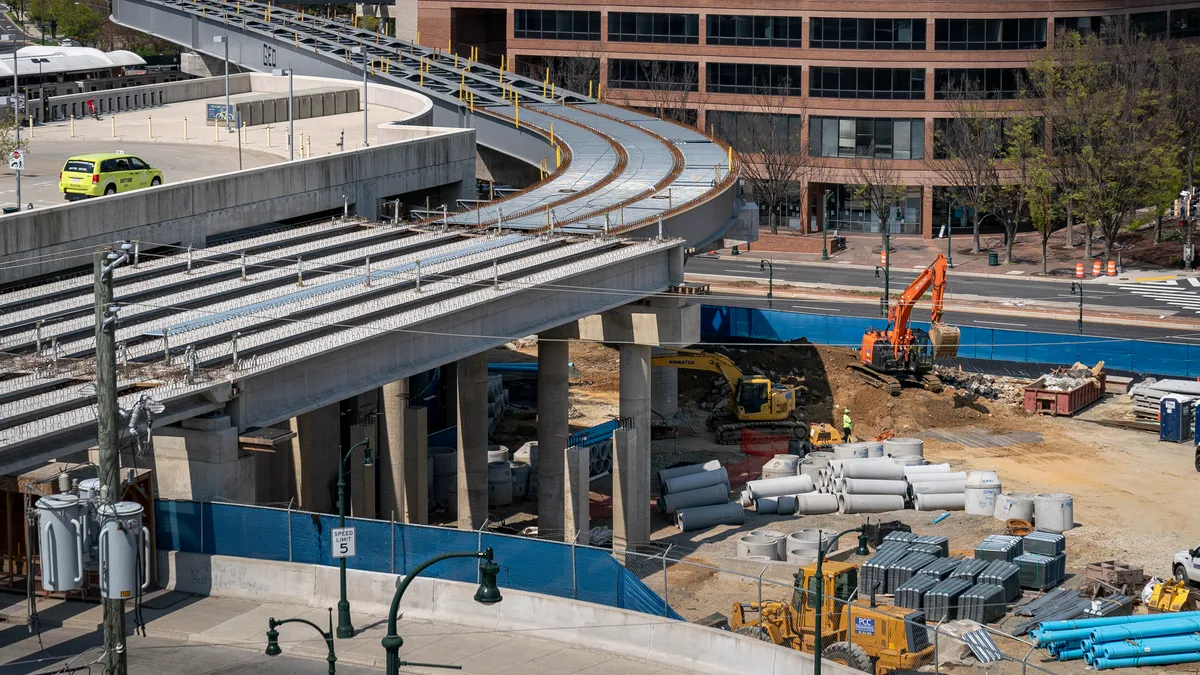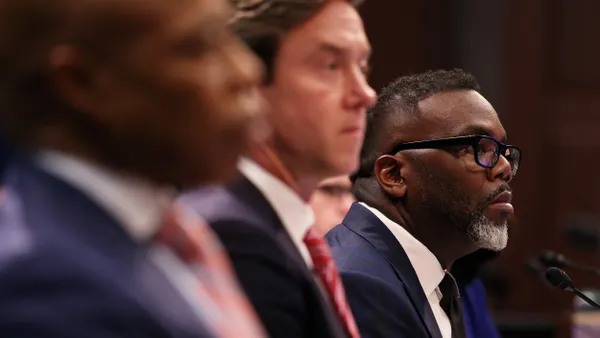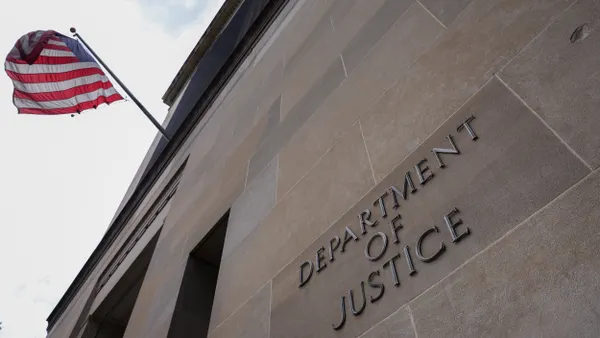Infrastructure is the top priority of U.S. mayors for the third year in a row, according to the 2023 State of the Cities report, released in July by the National League of Cities.
After infrastructure, mayors are most focused on city budgets and public safety, the annual report says in its 10th iteration.
NLC bases the report on analysis of 37 speeches by mayors across the U.S. For the first time this year, the report also looked at U.S. Census and other data on which issues are most important to residents, said Farhad Omeyr, report co-author and program director of the NLC’s Center for Research and Data. "Looking at citizen sentiments, we realized that public safety is the major issue that they request from their governments," he said.
Mayors’ years-long focus on infrastructure can likely be chalked up to the massive influx of federal funding from the 2021 bipartisan infrastructure law, Omeyr said. “[Cities] have the money to invest in their infrastructure, much-neglected infrastructure,” he said. Prior to the infrastructure law, however, cities “didn’t have much money to invest,” he said, so mayors didn’t talk about infrastructure as much in their public speeches.
Cities are investing their newfound federal dollars in projects that improve roads, bridges, water systems, broadband access and climate resilience, the report says. A vast majority of cities (more than 85%) indicated that street, road and water system improvements take high priority.
Phoenix, for example, is “using Bipartisan Infrastructure Law dollars to modernize the foundation of the city itself,” Mayor Kate Gallego said in her April State of the City address, including its water system and light rail.
It remains to be seen if mayors’ focus on infrastructure will last once cities deplete the existing federal infrastructure dollars, Omeyr said. “Will cities continue to talk about this issue and elevate the problems with infrastructure?” he said. “Or will they put it on the back burner again?
Editor’s note: We have updated this article to clarify how the report uses data beyond mayors’ speeches.











